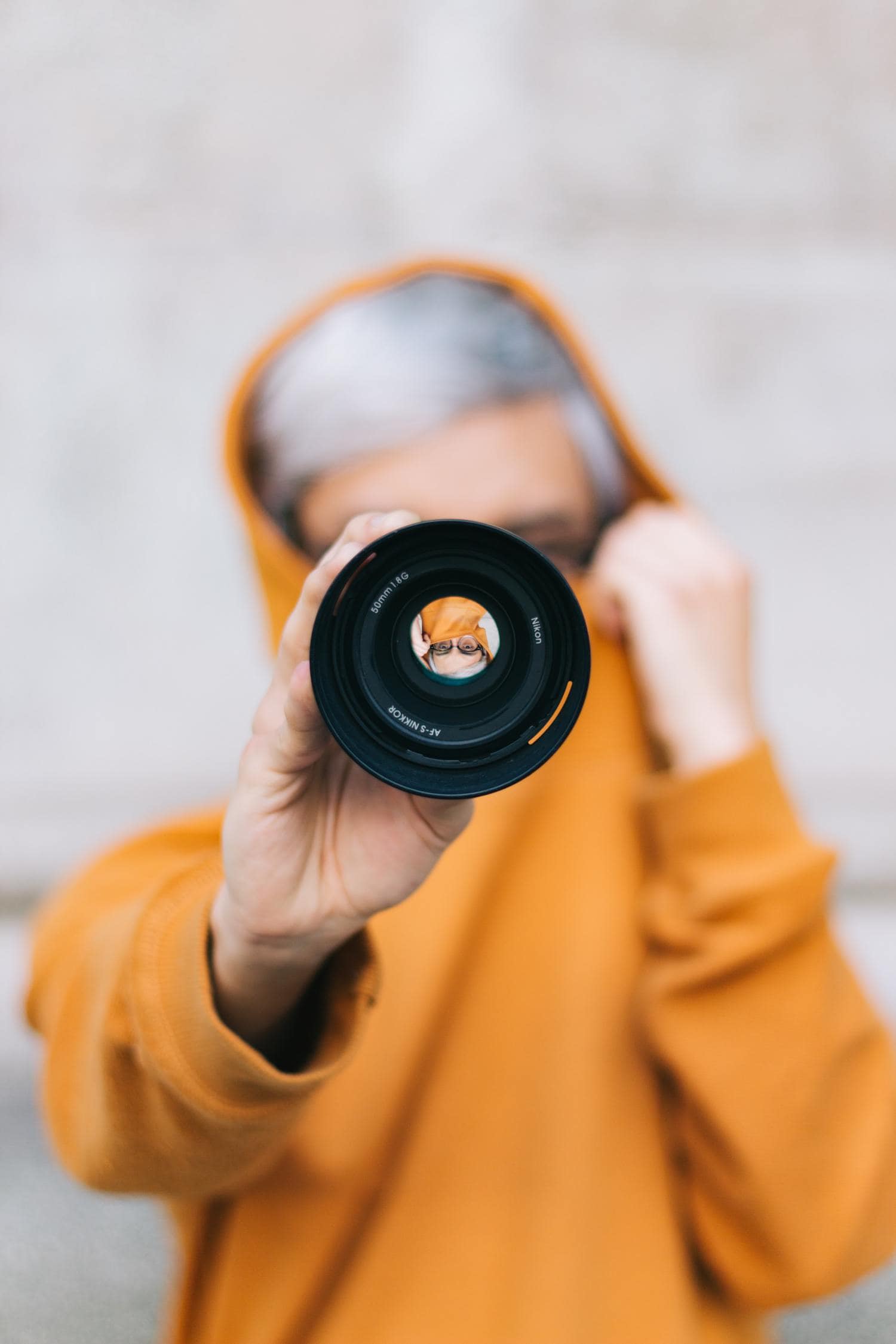A portrait is much more than a photo. It is the image of a person with a soul, with feelings, with so much to tell! And it doesn't matter what camera you use, it's you who has to know how to transmit it. And the goal… does it count? It is important? When you finish reading this article with the portrait lenses that I recommend, you will agree with me that it is.
The lens is more important than the camera.
It is not that it is essential to use one or the other, in the end, as I have said, you are the one who transmits and the person portrayed is the one who counts.
However, the lens can contribute or distort more than we imagine.
And it is that the tool does matter, it is not the same to use a thin brush than a thick one, right? Or a soccer ball or a tennis ball depending on what. Well here the same.
That's why I'm going to give you a lot of options, so you can choose based on your camera, your needs and your budget.
Before continuing, if you are interested in this discipline, I have to tell you that you cannot miss the mega guide that we have left you on the blog where we tell you all the tricks, tips and inspiration to photograph the most spectacular portraits.
HOW SHOULD A LENS FOR PORTRAIT PHOTOGRAPHY BE?
FOCAL LENGTH FOR PORTRAIT PHOTOGRAPHY
If when you see these images you notice the difference between Mario's different faces, this section interests you.

Get comfortable and keep reading, I am going to tell you what these differences are due to and how they affect you, and therefore, what are the recommended objectives for portraits.
Before I would like to underline the word "recommended", and I say this because in the end, as I mentioned before, it is you who takes the photo and decides how to transmit and how to create.
For this reason, although I tell you that a fish eye, for example, is not among those recommended, you may want to take a different, original portrait and you are looking precisely for the distorting effect produced by the fish eye.
In that case you have the last word and who decides, of course. You already know that the rules are to be broken, although for this you must know them and know with what intention you are breaking them.
In case you don't know what I mean by the term that gives this section its title and with all this that I am telling you, I leave you the following summary scheme, because they say that a picture is worth a thousand words ? .
If you are not completely clear with the diagram, don't worry, here we explain in detail what the focal length of your objective is .
The important thing is that you know that the proper focal length for portraits is between 50mm and 135mm.
If you look back at the images from before, you can see how the face is distorted below 50mm.
The shorter the focal length, the closer you will have to get to the person you are photographing. This is an important factor that you have to take into account.
Maybe you are one of those who hide behind a "television" out of shyness, but if that is the only reason why you take pictures "from afar", your portrait can also be a little "far" from what the subject has to count.
That's why I recommend that you lose your shyness and if you want to take pictures of strangers, don't necessarily hide behind a telephoto lens, a smile will always help you overcome that shyness and get permission (almost always) from that person.
Another reason to use a telephoto lens is its ability to isolate the subject from the background. This is a good reason to use them, but you don't have to hide for that ? .
In short, if you want medium shot portraits, you can use a 35mm, for example. If you want something closer, between 50mm and 85mm is ideal. With a 105mm you can get more intimate close-ups.
With telephoto lenses you get very impressive portraits in which you completely isolate the subject from the background.
With macro lenses , you can magnify some details of the face, such as photographing an eye with all the details of the iris or the small mouth of a newborn.
Important note!!!: I know you're going to ask ?. When I talk about these focal lengths I'm talking about their 35mm equivalent. If you have a camera with a crop sensor, you have to apply the conversion factor to it .
In other words, with an APS-C sensor camera, a 50mm is equivalent to approximately 70mm (the conversion factor depends on the brand of the camera).
When we talk about this equivalence it is only because of the distortions in terms of focal length, another thing is the blur of each objective and other aspects, in these matters a 50mm is a 50mm. And there's no more ?.
FIXED OR VARIABLE FOCAL LENGTH
The focal lengths can be fixed or variable. The fixed ones are those that, as their name indicates, you cannot vary, with them you cannot do any type of zoom. Variables, by contrast, span different focal lengths.
The first ones are more suitable for portraits because they achieve greater sharpness, are brighter and allow a shallower depth of field, and they are also cheaper (as long as we are talking about the same maximum aperture, of course ? ).
The drawback is that they are less versatile and to reframe they force you to move from the site (the latter does not have to be a disadvantage).
Variable focal lengths also have their advantages, and that is that they are very versatile. They allow you to capture different shots without having to move from the site, sometimes it's a matter of comfort, but there are times when you can't move from the site (a fashion show, a sporting event, a performance or a show...).
The drawback is that they tend to be bigger and heavier and, therefore, less discreet. This can intimidate the subjects in front of you.
In the end, choosing one or the other will depend on the type of portraits you usually do. The needs and tastes rule.
RECOMMENDED APERTURE FOR PORTRAIT PHOTOGRAPHY
A really important element in a lens is the aperture of the diaphragm. The larger the aperture, the greater the brightness and blur. Lenses with larger apertures allow you to isolate the subject more from the background and focus on certain details (you can even isolate the eyes from the rest of the face).
If you are not very familiar with the term, you should know that it is indicated by the number "f", but the smaller the number "f" (or depth of field), the larger the aperture.
But come on, if this sounds like Chinese to you, you should read the guide that we have prepared for you to learn photography . It is that this is a basic basic aspect and this guide will help you a lot.
If you know what I'm talking about, we continue.
Summarizing very much, the brightest lenses are the ones that will provide you with the best opportunities when photographing portraits.
RECOMMENDED LENSES FOR PORTRAIT PHOTOGRAPHY
Now that you know the most important elements to take into account when choosing a portrait lens, here is a list of some of them.
35MM
For medium shot portraits or for use on cropped sensor (not full frame) cameras when you want a 50mm, it's an excellent choice. With a 35mm you can place the viewer in the place and make them feel in the same place as the person portrayed.
With this type of focal length, you have to be careful with distractions and elements that can dirty the scene or rob the subject of prominence.
You have to watch out for distortions when you're too close, especially around the edges. It is important not to get too close.
Depending on the brand, you will find them with one aperture or another. Here are the ones that, in my opinion, are the best for portrait photography.
- Canyon. For Canon there are several 35mm lens options , depending on whether you have a full frame camera or not, if you want a brand or compatible lens, etc. I tell you in the link article in detail. Also for RF Mount is the Canon RF 35mm F1.8 Macro IS STM.Canon's best angle for portraits that is also macro.
- Fujifilm (X-mount). Equivalent to 52mm, an excellent lens with a maximum aperture of f/2, weighing 130g, stabilizer and autofocus.
- Nikons. Although if you want something more professional, this Sigma f/1.4it's amazing
- olympus . For Olympus Micro Four Thirds there is a super cheap option from the Meike brand, for €79.99 You have a 35mm f/1.7 lens, yes with manual focus, only suitable for studio portraits or very posed. If you are looking for something compatible with Olympus OM-D & Pen, Panasonic G-Series, there is this one, somewhat more expensive but also of higher quality, with autofocus and equivalent to about 60mm.
- pentax. Good and cheap, what more can you ask for? Here you have a complete guide to Pentax cameras and lenses in case you want more information of any kind.
- sony
- Sony FE 35mm f/1.8. For E mounts
- Samang 35mm/2.8.A cheaper option for E-Mounts, also suitable for Full Frame.
- Sony 35mm f/1.4. Suitable for A-mounts with full sensor. Also for E-Mounts using an adapter.
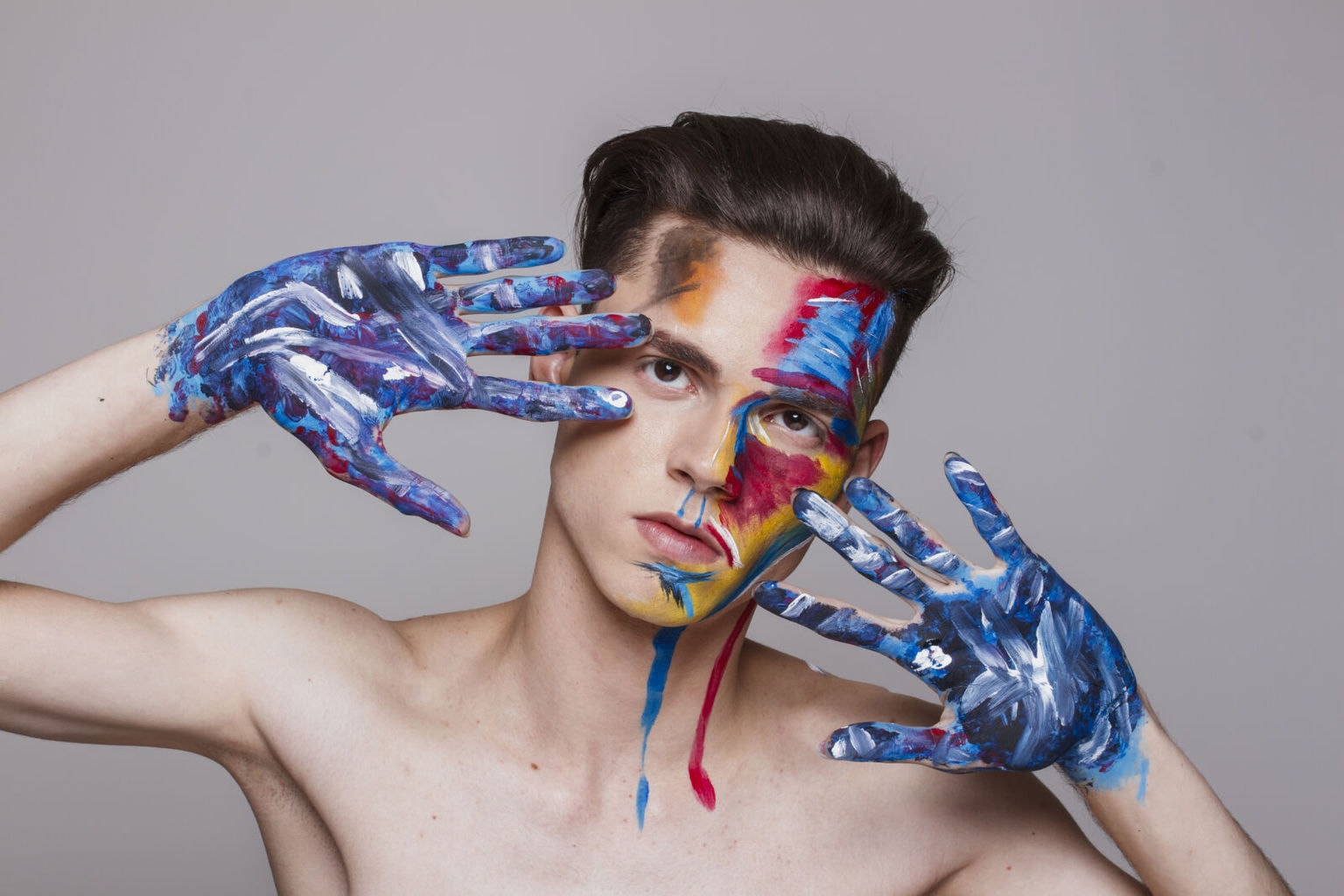
50MM F/1.4
The king of objectives. A marvel. A fixed lens, super bright and with the least distorting focal length, that is, the one that offers a vision that is most similar to human vision and, above all, very versatile, is Mario's favorite for a reason. It is true that it is not cheap, but it is worth what it costs.
- Canyon. In the following link you will find the Canon 50mm f/1.4 and compatible lenses for all mounts.
- Fujifilm.
- Fujinon XF50mm F2 R WR. For X mount with f/2 maximum aperture.
- Viltrox 56mm F1.4.With APS-C format X Mount there is also this cheaper compatible, with autofocus.
- TTArtisan 50mm F1.2.The super economical and super bright option (yes, with manual focus) for X Mounts.
- Meike 50mm F/2.0.Even more economical although less bright than the previous one (only manual focus) for APS-C X Mounts.
- Nikon. We also have an article dedicated to the Nikon 50mm f/1.4 with all the options for both Nikkor and compatible and for all mounts .
- pentax. For Pentax K Mounts you have thiswhich is wonderful and is also sealed.
- Sony.
- Mount E: Compatible do you have this Samyang, or already the Sony, which is a Prime series lens valid for Full Frame cameras (and for the price it has, only suitable for professionals).
- Mount A: Is this one from Sigma compatible.
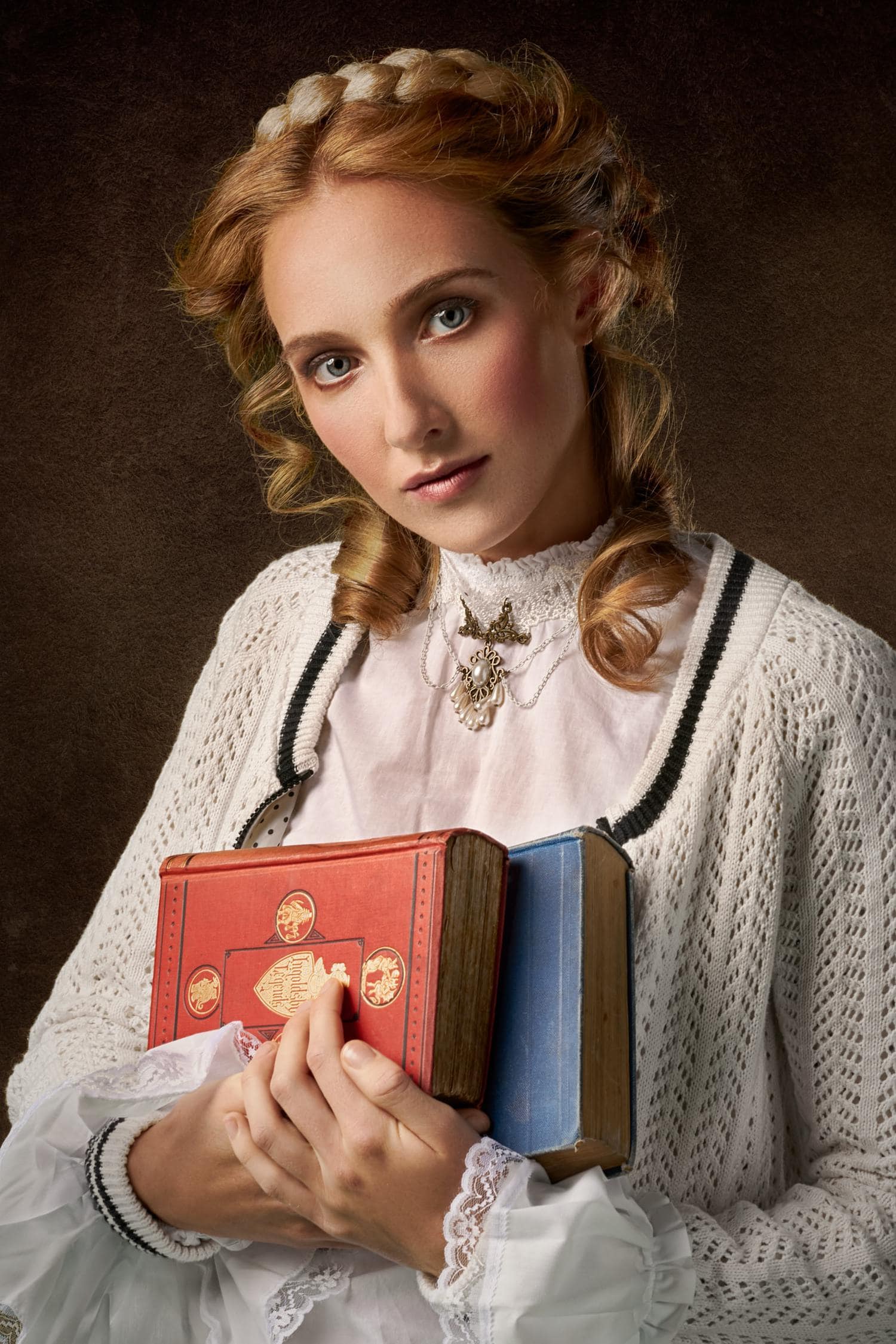
If the budget does not reach you and you do not want to miss out on the benefits of a fixed, versatile and bright objective, you can go for the next objective that I am talking about.
50MM F/1.8
It's not king, but it's very close. One stop less light is more than it sounds, but it's not enough of a reason not to be able to take impressive portraits because you can't afford it.
In fact, it's one of the most recommended lenses to start with in general photography and portrait photography in particular ? . And it offers a lot for very little.
Let's see what options you have. For Canon and Nikon we discussed them in their day in the corresponding articles.
- olympus.It is not 50mm but its equivalent. Very well valued by users and compatible with all MFT cameras (Olympus OM-D & Pen, Panasonic G Series).
- pentax. Very bright, high quality and quite economical.
- Sony E-mount. Very bright, light and for a price that you cannot deny.
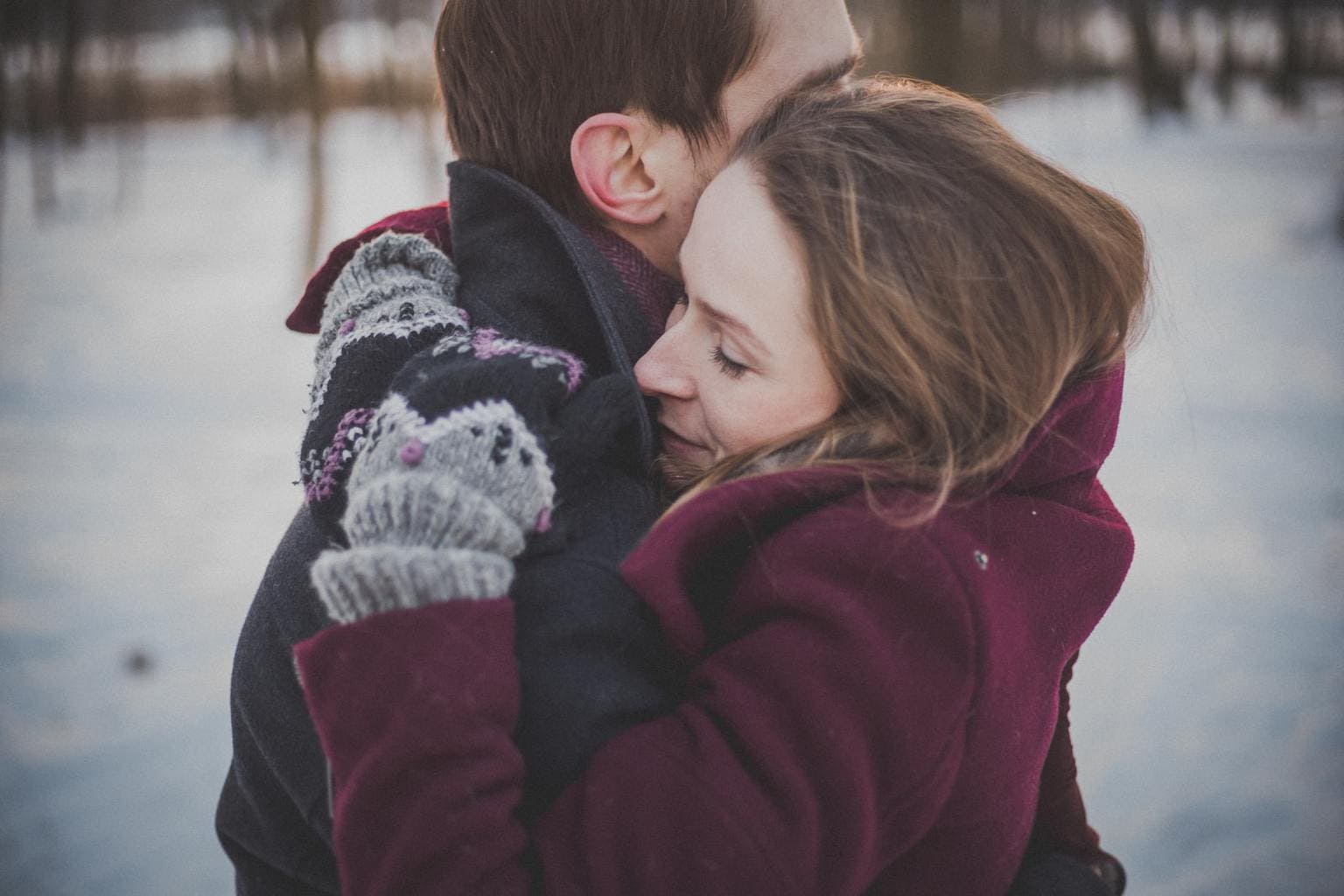
85MM
With an 85mm the plane is more closed, you should not worry so much about the backgrounds or the surrounding elements. If they don't say anything about the person portrayed and all they do is get in the way, you can eliminate them by taking them out of the shot with this 85mm focal length.
Although you can also zoom out and have a more general shot including part of the context with a nice bokeh. The 85mm for portraits is a classic that everyone falls in love with.
- Canyon
- EF mount. Canon EF 85mm f/1.8 USM(Valid for Full Frame and APS-C). Great sharpness and very smooth blur.
- RF mount. CANON RF 85mm f/1.2L USM. Perfect sharpness, silent and precise focus are its strengths. Perfect for professionals.
- Fujifilm X. This Viltrox objectivecompatible offers excellent quality at a much more affordable price than those of the brand.
- Nikons
- FX mount. AF-S Nikkor 85mm f/1.8G
- F. Meike 85mm f/1.8 mount
- Z mount. Nikkor Z 85mm f/1.8 S or this Viltroxcompatible with Nikon Z series
- olympus. Is this Samyang(135mm equivalent) with maximum aperture f/1.8 and the Meike f/2.2
- pentax. The brand has this Pentax 85mm f/1.4,now that for the price it has it is more suitable for professionals, although it is a gem, of course.
- Sigma 85mm f/1.4. A favorite of many portrait photographers, available for Canon, Nikonand Sony E.. The only drawback is that it is quite heavy.
- sony
- E mountDo you have this Sigma compatible ?of excellent quality or this Tokinaalso very well valued and with maximum aperture f / 1.8.
- Mount A. There is the compatible option from Samyang.
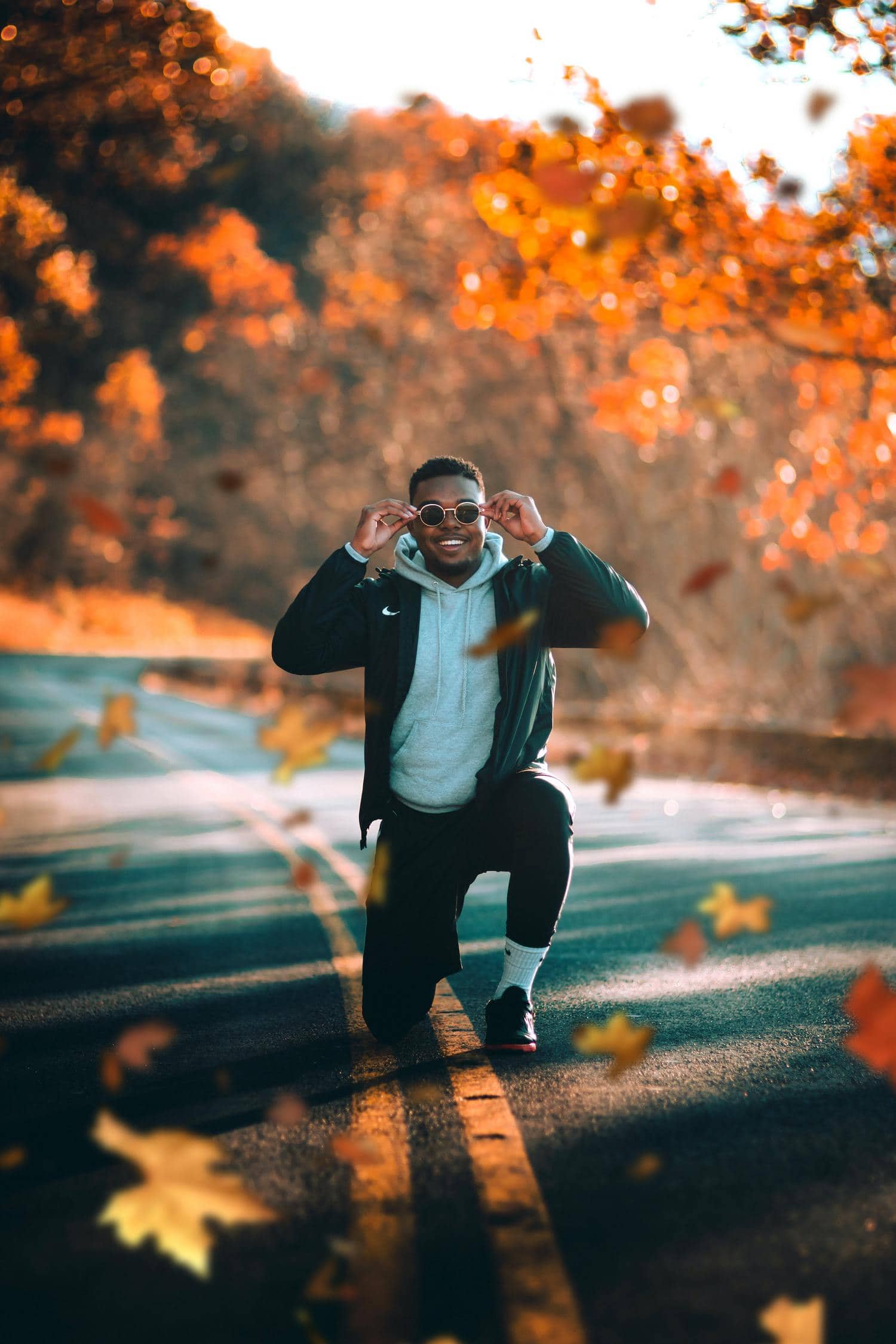
105-135MM
For bokeh lovers we landed in this focal range. If you are looking for heart-stopping blurs, you are not going to take your photos in very small spaces and you do not care about the weight, surely your favorite objective is among the following.
- Canon RF mount. The Canon RF 100mm F2.8 L Macro IS USMIt is an excellent lens, but of course, at a professional price. If this is your case or you are one of those who also wants to invest in a macro, this is your objective.
- Fujifilm. The Fujinon Lens XF 90mm f/2 R LM WRIt is an objective that is equivalent to a focal length of 135mm, perfect for portraits, with spectacular sharpness and very bright.
- pentax. The Pentax D FA Macro 100mmF2.8 WRIn addition to being ideal for portraits due to its focal length and brightness, it is also a macro lens.
- Sigma 135mm f/1.8 DG HSM Art. A super bright pro level lens for portraiture compatible with Canonand Nikons.
- Samyang. This Samyang 135mm with f/2 maximum aperture is great for leisurely portraits, because it only focuses manually. But it is available for Canon EF, CanonM, Fuji X, Micro Four Thirds, Pentax, Nikon F., Sony A. and Sony E. . Be careful that it is not one of the lightest either ?
- sony
- E mount. For full sensor cameras the Sony FE 135mm f/1.8 GMit is the jewel in the crown. Only suitable for professionals ;P
- A mount. A great bright prime lens is the Sony 135mmwith maximum aperture f/2.8.
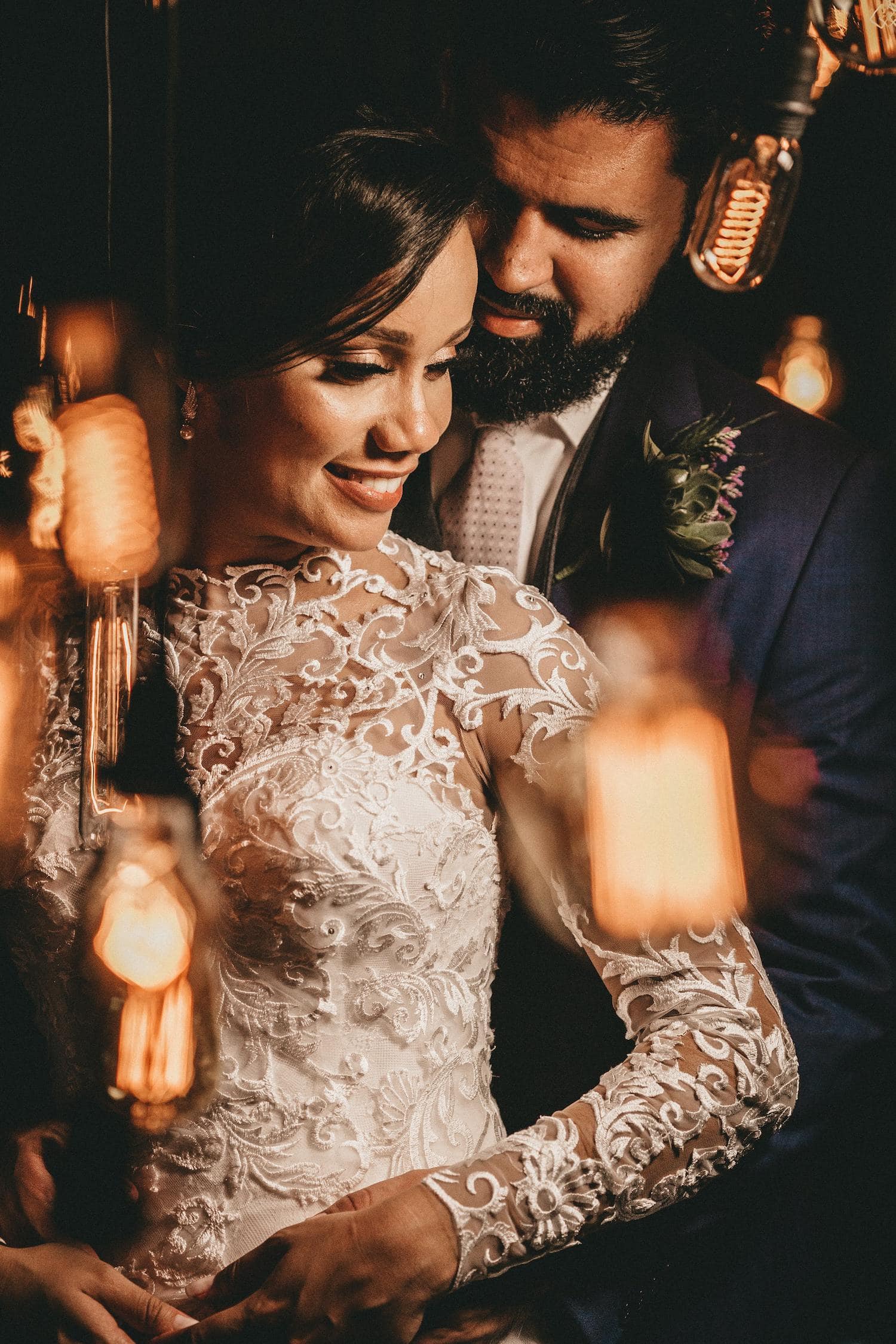
ZOOM LENSES
Zoom lenses, as I mentioned before, lose in terms of quality compared to fixed ones, however, they are much more versatile and offer you many more possibilities than a fixed one, especially if it is for portraits at events and in situations where that you do not have control over your model and/or do not have time or space to zoom in and/or out.
Here I leave you with the most recommended zoom lenses for portrait photography:
- Canyon
- Canon RF 24-70mm f/2.8L IS USM. From the L series, this optic is wonderful, very versatile and bright. It is the standard lens for most professionals working with Canon. For EF mount there is this Sigma compatible.
- Canon EF 70-200mm f/4 L IS USM II. Also from the L series, it is a professional lens that is very suitable for portraits at events, sports and situations in which you have to take pictures from afar and even in low light.
- Canon RF 24-240mm f/4-6.3 IS USM. It's not exactly light or cheap, but it's a perfect match for your full-frame Canon mirrorless if you're looking for a versatile, long-distance lens. With stabilizer and a very smooth bokeh.
- CANON RF 24-105mm f/4-7.1 IS STM. Más ligero de precio y de peso, está este otro objetivo de montura RF que tiene un rango focal de 24 a 105mm y cuyas valoraciones son excelentes. Distancia mínima de enfoque 13 cm. Es ideal para quienes graben vídeos por su motor silencioso.
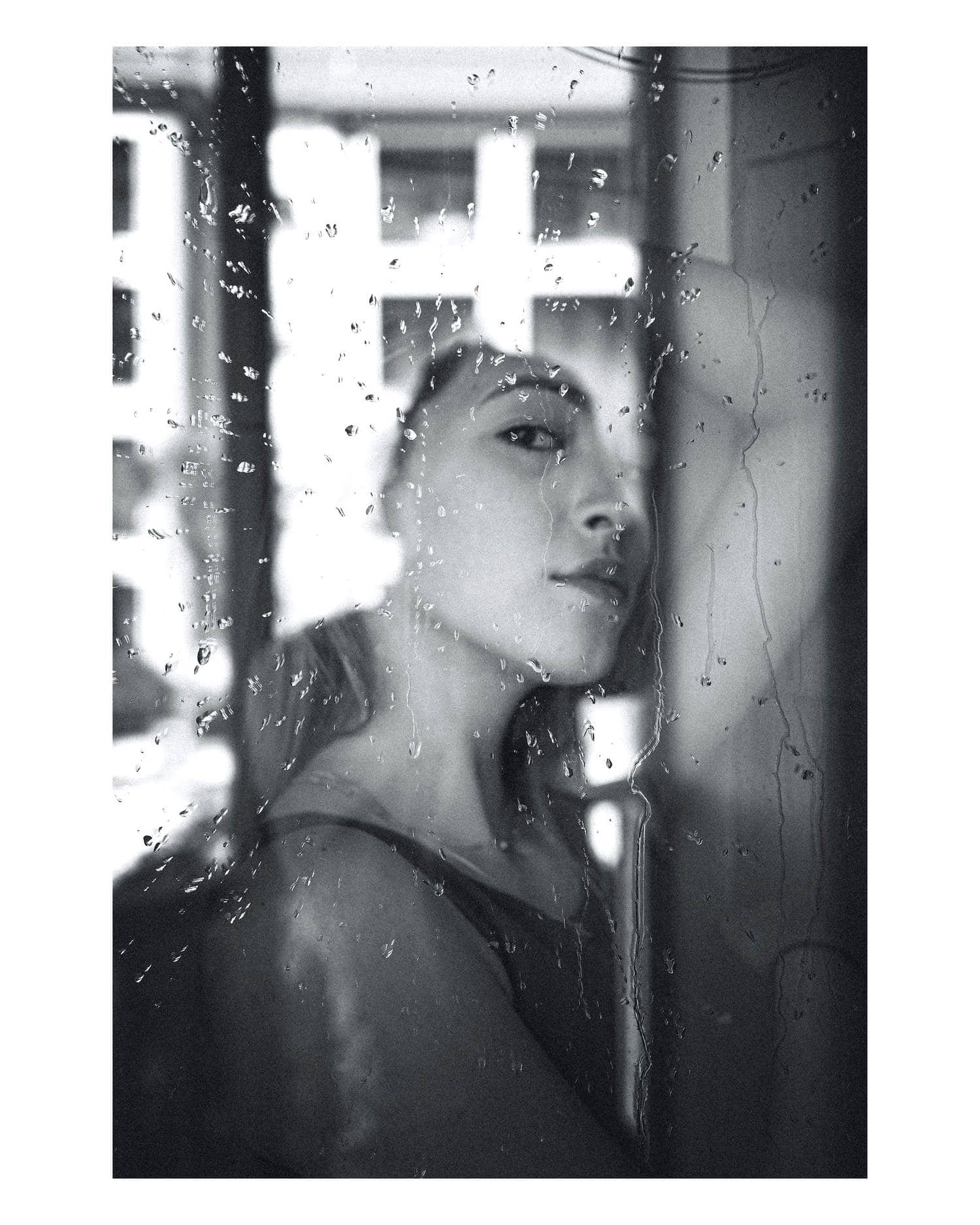
- Nikon
- AF-S NIKKOR 70-200mm f/2.8G ED VR II. For professionals who need a fast, precise telephoto lens with impeccable quality.
- Nikon AF-P DX NIKKOR 70-300mm f/4.5-6.3G ED VR. For cameras with an APS-C sensor, it is a very affordable all-terrain lens and ideal for the most timid who take pictures from a distance.
- Nikon AF-S DX VR 55-200mm f/4-5.6G. If you find it, even second hand , it is a lens that does not disappoint, with a perfect focal range for portraits, compact and all-rounder.
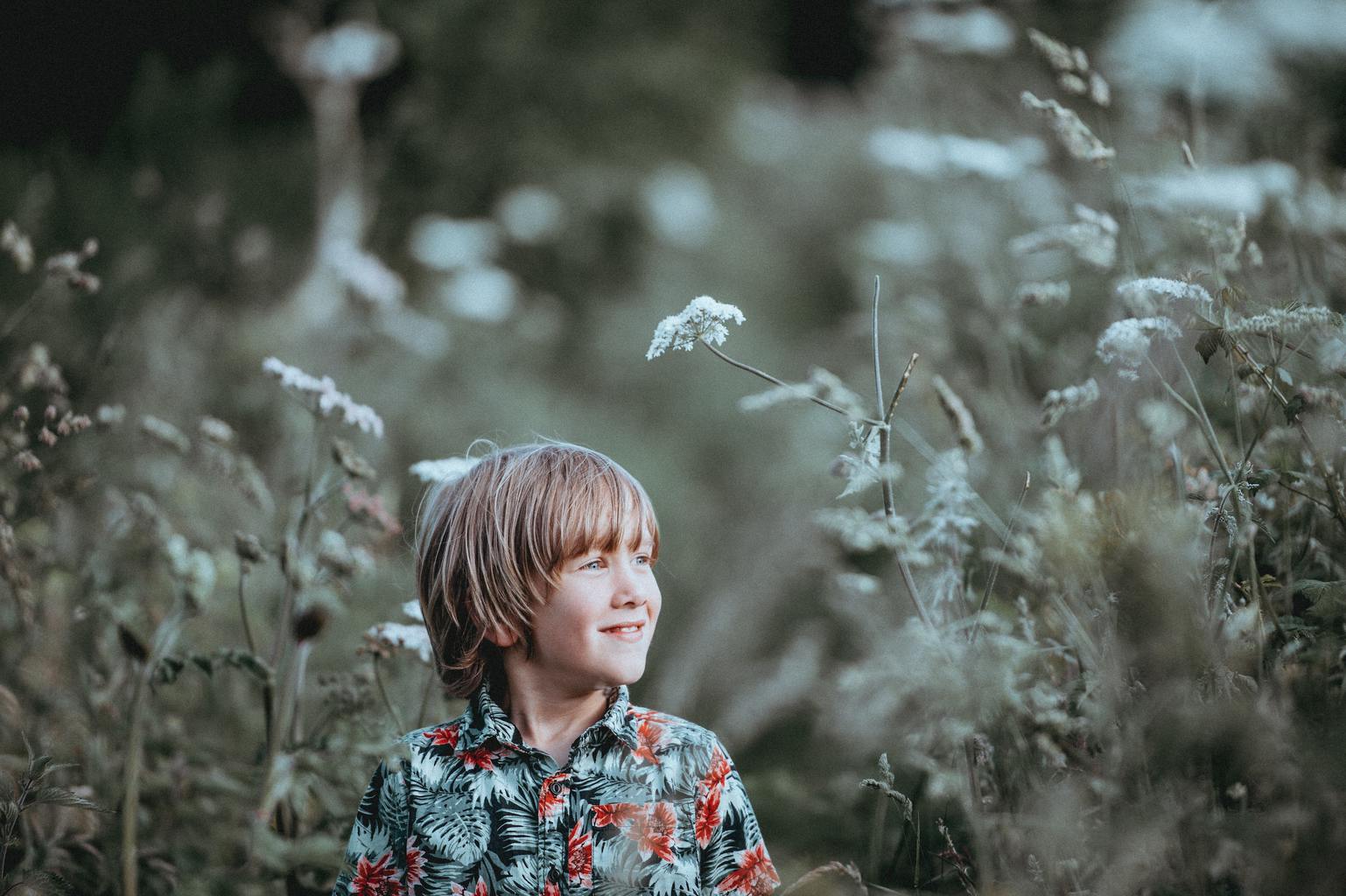
- Olympus M.Zuiko Digital ED 12-200mm f/3.5-6.3 Lens. It covers a huge focal range and its weight is quite affordable for a zoom. Of course, when it comes to quality, it sets the bar high.
- Pentax SMC DA 18-135mm f/3.5-5.6 ED AL (IF) DC WR. Well built, lightweight, sealed with accurate, quiet AF and affordable price. Does anyone give more?
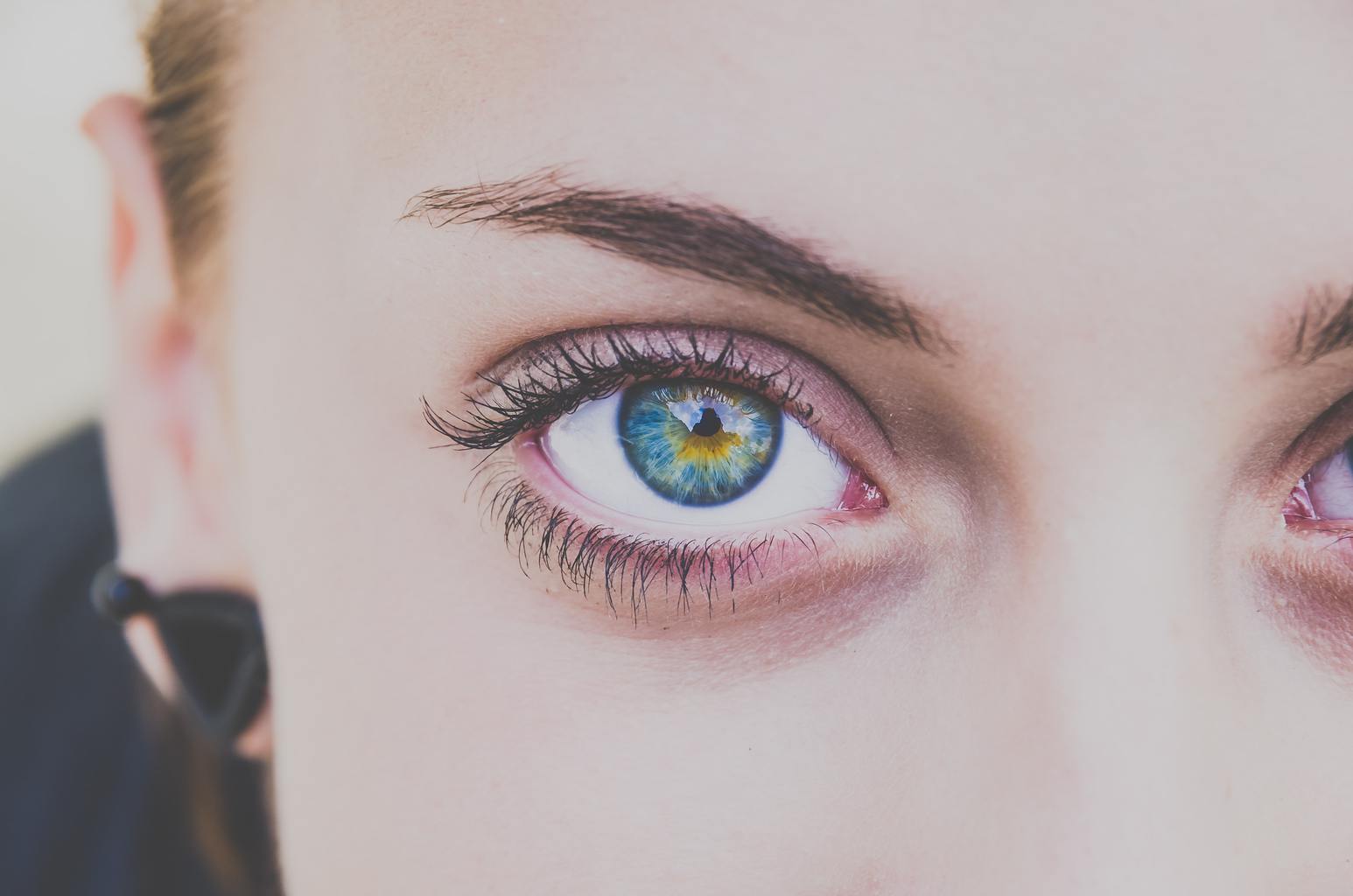
- sony
- Sony G Master 24-70mm f/2.8full-frame lens for E-Mount. A professional lens up to the most demanding.
- Sony G OSS 24-105mm f/4 full frame. Very similar to the previous one but with a little more focal range and a little less brightness.
- Carl Zeiss 24-70mm f/4 full frame. Also for Mount E, it does not reach the brightness of the first or the focal length of the second, but the price reaches many more pockets.
- Sony DT 18-250mm f/3.5–6.3(Both full-frame and APS-C A-mount). Fast focus, stabilizer and very smooth bokeh.
So far today's article, I have delved very little into each one of them because I wanted users of different brands to have different options when choosing.
If you want us to expand the information, leave us in comments the objectives of which brand you would like us to detail more and we will get to it.
In the meantime, remember that you have a lot of articles on the blog dedicated to objectives of all brands .

